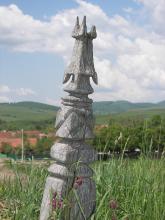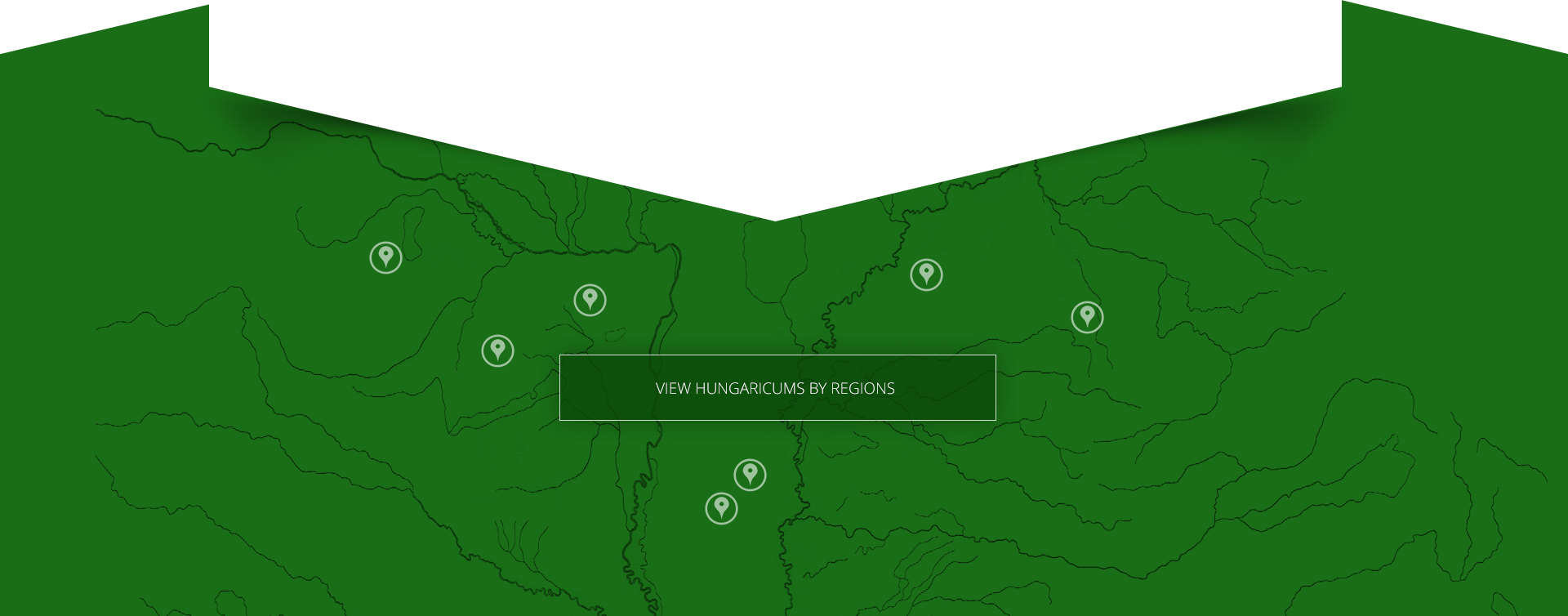Traditional-archaic wooden grave posts in the Carpathian Basin
Short description:
The defining component of Hungarian burial practices is the marking of graves with wooden grave markers. Their origin is lost in the mist of time; however, this ancient burial cult emerges as a revival phenomenon among Protestants, who place - instead of a cross – a wooden grave marker on the grave, which is a real symbol of life. Written records of the 17th century mention them for the first time, and their pictorial representation dates back to the 19th century. They are the cultic memories of Protestant (Calvinist) cemeteries. They are very diverse in terms of their motive system and their treasure of forms. They can be divided into the following main groups: simple wooden grave markers with a nameplate (e.g. in Tolna, Baranya, Fejér and Veszprém counties), stem-shaped, orbed, slab-like anthropomorphic wooden grave markers and quite richly decorated column grave markers (e.g. in Northern- Hungary, Gömör, Ruthenia, the Upper-Region of the river Tisza, the regions Szilágyság, Hajdúság, Nagykunság, Somogy, Baranya, Fejér counties, the Southern part of the Great Hungarian Plain). The most ornate anthropomorphic wooden grave markers can be found in the region between the rivers Tisza and Danube, in Kalotaszeg and Székely land (Eastern- Transylvania). In addition to aesthetic and folk art aspects, wooden grave marker decoration (carving, engraving, and painting) has a semiotic meaning as well. The practice of setting wooden grave markers is present in the Reformed areas of the whole Carpathian Basin. As they are at increased risk, wooden grave markers deserve monument protection. Several settlements set a good example by placing traditional wooden grave markers characteristic of the given settlements. Aggtelek, Jósvafő, Szatmárcseke, Feketepatak, Salánk, Nagybereg, Beregújfalu, Hajdúböszörmény, Szilágyerked, Krasznadobra, Szilágysámson, Szilágyszér, Bogdánd, Ketesd, Zsobok, Magyarvalkó, Erdőfüle, Alsórákos, Olthévíz are outstanding among the settlements because they set wooden grave markers even today. In addition, old wooden grave markers can be found in many cemeteries, however, they are constantly disappearing and their numbers are dwindling. The practice of setting wooden grave markers is unique, and it is a Hungarian cultural heritage of folk art widespread in the Carpathian Basin. Wooden grave markers, indicating a value worthy of distinction, are the material remains of folk art; thus, they deserve the special rating of Hungarikum.
Photo: Levente Polóny
Details:
Javaslat a nemzeti érték Hungarikumok Gyűjteményébe történő felvételéhez.
Az érték a Hungarikum törvény 324/2020. (VII. 1.) Kormányrendelet a magyar nemzeti értékek és hungarikumok értéktárba való felvételéről és az értéktár bizottságok munkájának szabályozásáról mellékletének Hungarikum Bizottsághoz történő felterjesztésével és elbírálása által került a Hungarikumok Gyűjteményébe.






